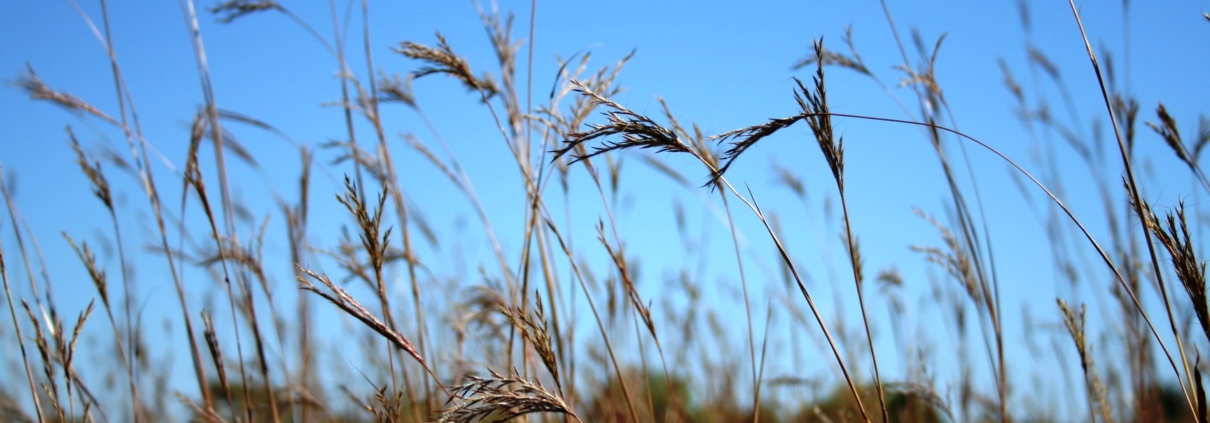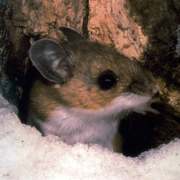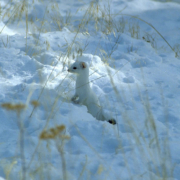The Carbon-Sequestering Power of Soils
This is the fourth in a series of blog posts about soil.
Earlier this year, scientists announced that carbon dioxide levels in the atmosphere had reached a record high of 400 parts per million (ppm), more than 120 ppm higher than pre-industrial carbon levels. It seems fitting, then, that I end this blog series with a post about the carbon-sequestering power of soils.
Carbon sequestration is the process by which carbon dioxide is moved from the atmosphere into a non-gaseous form, such as plant matter. Plants do this well, using sunlight to convert carbon dioxide into sugars and other compounds that ultimately turn into plant tissues. When more carbon is absorbed then released, the system is considered a carbon sink; the opposite, when a system releases more carbon than absorbs, is considered a carbon source.
When plants die, they decay and become part of the soil. Over time, this process allows soils to store large amounts of carbon and serve as carbon sinks, especially in soils where the decay of organic matter back into carbon dioxide is slow, such as colder regions and areas with low soil disturbance.
Prairie soils can be particularly good carbon sinks. Prairie grasses and wildflowers develop deep, extensive root systems; some prairie plants grow roots up to 15 feet deep! As these root systems decay, organic matter in the soil builds up relatively quickly. In fact, prairies can store more carbon underground than forests can store in trees aboveground.
Corporate conservation programs can help contribute to soil carbon sequestration in a number of ways. As mentioned above, planting native vegetation that is good at sequestering carbon, including trees and deep-rooted grasses and wildflowers, is a great way to do this. Teams can also manage existing habitats in ways that reduce soil disturbance and erosion, improve soil structure, and increase soil organic matter.
So the next time you hear about atmospheric carbon levels, consider how the soil under our feet is so closely linked to the air above our heads!








